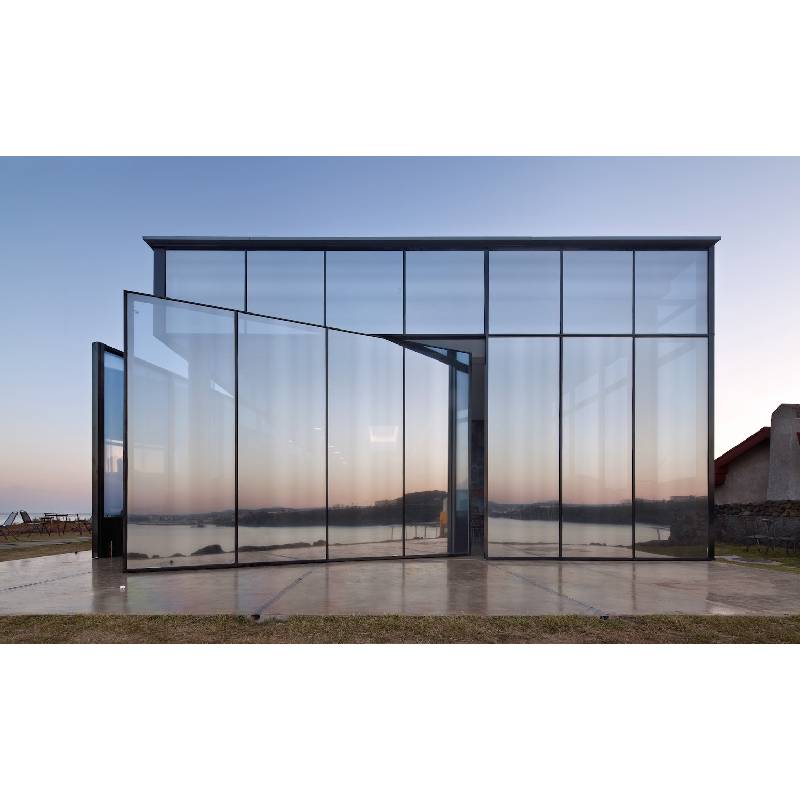

Exploring the Benefits and Applications of Low-E Glass
In recent years, energy efficiency has become a cornerstone of modern architecture and building design. Among the innovations that have attracted attention, low-emissivity (low-E) glass stands out as a game-changer. This special type of glass is designed to reflect infrared radiation while allowing visible light to pass through. In this article, we delve into the significance of low-E glass, its benefits, and its various applications in contemporary construction.
Understanding Low-E Glass
Low-E glass features a thin, transparent coating made of metallic oxides that significantly reduce the amount of infrared and ultraviolet light that can pass through it without compromising on visible light. The 'low E' refers to the glass's ability to have low emissivity, which means it emits a smaller amount of infrared radiation compared to standard glass. This technology can be applied to single, double, or even triple-glazed units, enhancing their insulation properties and significantly improving energy efficiency.
Energy Efficiency and Cost Savings
One of the primary benefits of low-E glass is its ability to improve the energy efficiency of buildings. By minimizing heat loss during colder months and keeping interiors cooler during the summer, low-E glass helps maintain a stable indoor temperature. This reduction in heat transfer leads directly to lower energy consumption and, consequently, reduces utility bills. According to various studies, buildings equipped with low-E glass can see energy savings ranging from 10% to 40% compared to those using traditional glazing materials.
Environmental Impact

In an era of increasing concern for environmental sustainability, low-E glass contributes positively by reducing a building's carbon footprint. The less energy consumed for heating and cooling translates to lower greenhouse gas emissions. Furthermore, many manufacturers of low-E glass utilize eco-friendly production processes, thus minimizing the environmental impact right from the manufacturing stage. The use of energy-efficient materials is increasingly becoming a requirement in building codes and certifications such as LEED (Leadership in Energy and Environmental Design), making low-E glass an appealing choice for developers looking to pursue sustainable certifications.
Enhanced Comfort and Aesthetics
Apart from its energy-saving attributes, low-E glass provides superior comfort to occupants. The reduction of glare and the management of heat loss and gain enhance the overall indoor environment. Natural sunlight, which plays a crucial role in improving mood and productivity, can still be enjoyed without the uncomfortable heat or harmful UV rays that can fade furnishings and art. From an aesthetic standpoint, buildings with low-E glass are visually appealing and modern, leveraging clarity while maximizing energy efficiency.
Versatility and Applications
The applications of low-E glass are vast and varied. Commercial buildings, residential homes, and even automotive industries have begun to adopt this technology. In commercial contexts, low-E glass is frequently used in office towers, hospitals, and schools, where large glass façades can benefit from its insulating properties. In residential settings, low-E windows can be strategically placed to enhance the view while ensuring minimal energy loss. Additionally, in the automotive industry, low-E coatings are now being applied to vehicle windows to improve climate control and fuel efficiency.
Conclusion
As the world moves closer to an energy-conscious future, the role of low-E glass becomes increasingly vital. Its ability to enhance energy efficiency, reduce environmental impact, and improve indoor comfort makes it an indispensable material in modern construction. By integrating low-E glass into building designs, architects and builders are not only ensuring the longevity and sustainability of their structures but also contributing to a greener planet. As technology continues to advance, the development of even more efficient low-E glass options will likely yield even greater benefits, further solidifying its place in the future of architecture and construction.